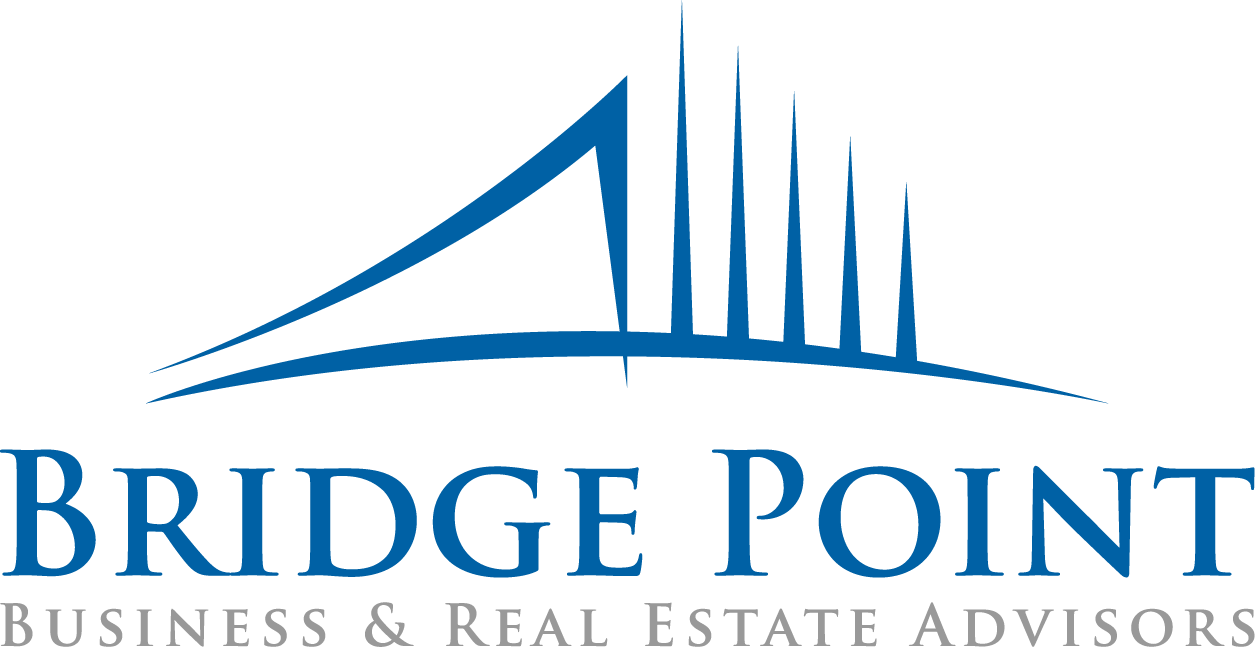
At the Bridge Point Business & Real Estate Advisors, we recognize that understanding the true value of your business is crucial for making informed decisions and planning for the future. We don’t just provide a number, we aim to provide the story to the value of your business. We offer a range of valuation services to suit your specific needs, from high-level two-page assessments to in-depth, comprehensive analyses. Our team of skilled professionals employs NACVA approved methodologies to accurately determine your business’s worth, considering factors such as market conditions, financial performance, and growth potential. With the Bridge Point Business & Real Estate Advisors valuation services, you can confidently navigate critical transactions, negotiations, and strategic planning, armed with the knowledge of your business’s true value.
Valuation Is Not Just A Number
Business valuations are essential tools with a story in determining the economic value of a company, and different methods cater to varying situations and requirements. The Asset-based approach evaluates tangible and intangible assets, focusing on the company’s net asset value. The Income approach, including Discounted Cash Flow (DCF) analysis, looks at the firm’s expected future income. The Market approach, on the other hand, bases the valuation on comparable companies in the industry. Each of these valuation types provides a unique perspective, and an effective valuation strategy often involves a combination of these methods, depending on the nature and context of the business.
Asset-Based Approach
The Asset-Based Approach is a business valuation method that determines the value of a business by looking at the net value of its tangible and intangible assets. This approach essentially considers what it would cost to recreate the business.
Under this approach, the business’s total assets are calculated, and the total liabilities are subtracted. The difference between the assets and liabilities gives the net asset value, often considered the “book value” of the business.
It’s important to note that this method doesn’t consider the company’s future earning potential or the market conditions. Therefore, it’s often used for businesses that are asset-intensive, like real estate or manufacturing companies, or in situations where a business is not profitable or is about to be liquidated.
The asset-based approach can be done on a going concern basis or a liquidation basis. A going concern asset-based approach lists the business’s net balance sheet value of its assets and subtracts the value of its liabilities. A liquidation asset-based approach determines the net cash that would be received if all assets were sold and liabilities paid off.
In both cases, the process is more complex than just looking at the balance sheet. Many assets and liabilities on the books have different fair market values, and some items might be off the books entirely. Adjustments will often have to be made to get a more accurate figure.
Income Approach
The income approach is one of the primary methods used in business valuations and is particularly valuable for companies with a track record of generating consistent and sustainable earnings. This approach assesses the value of a business based on its anticipated future income. The income approach typically involves two main methodologies: the Capitalization of Earnings and the Discounted Cash Flow (DCF) analysis.
In the Capitalization of Earnings method, the valuator calculates the expected annual income or cash flow generated by the business and divides it by an appropriate capitalization rate. The capitalization rate reflects the expected rate of return an investor would require on the investment, considering the perceived risk and opportunity cost. The result of this calculation provides an estimate of the business’s value based on its ability to generate income.
The Discounted Cash Flow (DCF) analysis is a more comprehensive method that projects future cash flows over a specified period and then discounts them back to present value using a chosen discount rate. This approach takes into account the time value of money and provides a more nuanced and accurate assessment of a business’s value. It’s particularly useful for businesses with varying cash flows or complex growth patterns. The DCF analysis allows for a more detailed consideration of future earnings, making it a valuable tool for businesses with substantial assets, intellectual property, or unique income streams. In both methods, the income approach is a fundamental component of business valuation, offering insights into a business’s financial health, risk factors, and growth potential to determine its fair market value.
Market Approach
The Market Approach to business valuation is a method that estimates the value of a business based on the prices of similar businesses that have been sold in the market. Essentially, it determines the value of a business by comparing it to similar businesses (comparables or “comps”) that have been sold recently. It operates under the principle of competition, which presumes that businesses similar in nature will be valued similarly.
There are two common techniques used within the Market Approach:
- Comparable Companies Method: This method involves looking at the publicly traded companies’ valuation ratios in the same industry. Ratios commonly used include Price to Earnings (P/E), Price to Sales (P/S), Price to Book (P/B), and Enterprise Value to EBITDA (EV/EBITDA). The ratios from the comparable companies are then applied to the subject company to estimate its value.
- Precedent Transactions Method: This method involves looking at the prices paid for similar companies in past M&A transactions. The idea is that these transactions reflect the actual prices that buyers were willing to pay. The transaction prices are typically expressed as a multiple of some financial metric (like EBITDA), which can then be applied to the subject company to estimate its value.
The Market Approach is particularly useful when there are a sufficient number of comparable businesses or transactions. However, it can be challenging when the business being valued is unique, or if there are few comparable companies or transactions available for comparison. Furthermore, this approach assumes that the market correctly prices companies, which may not always be the case.
